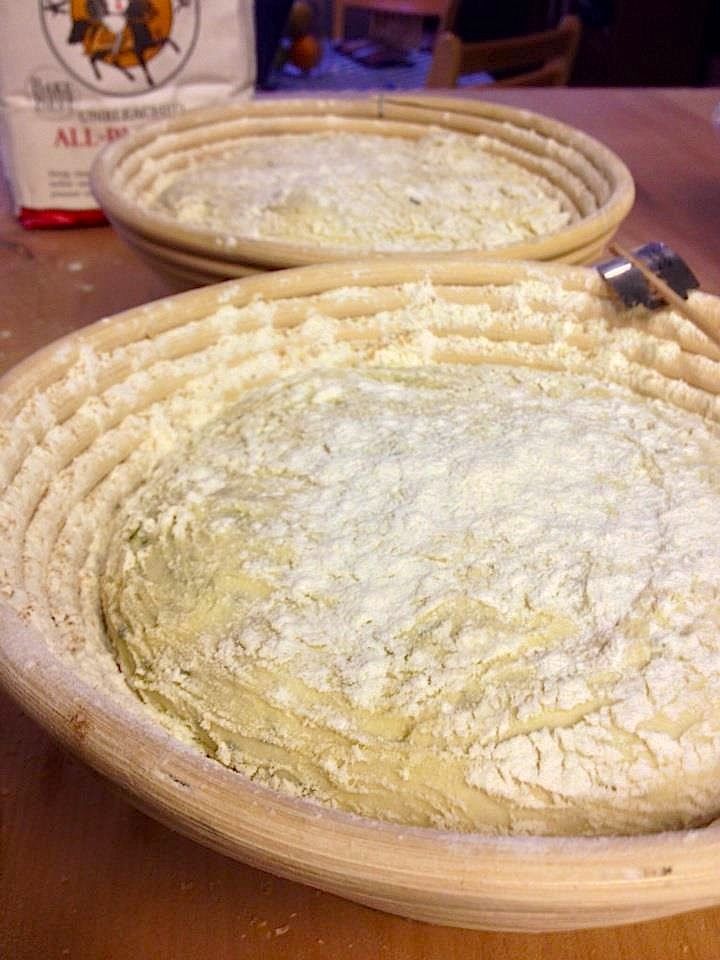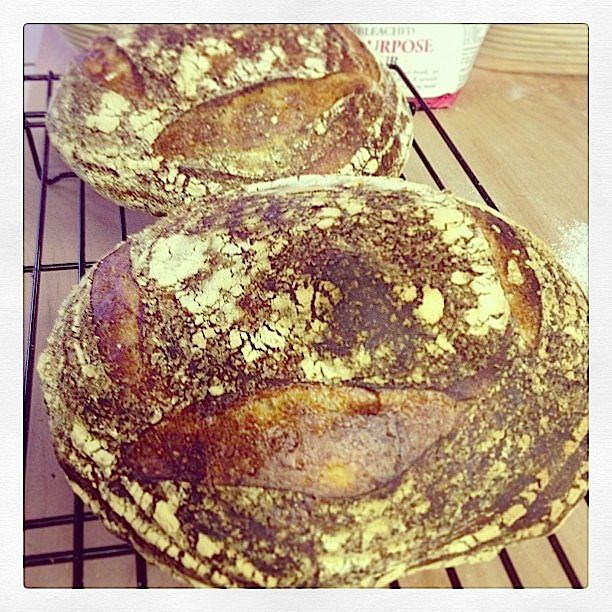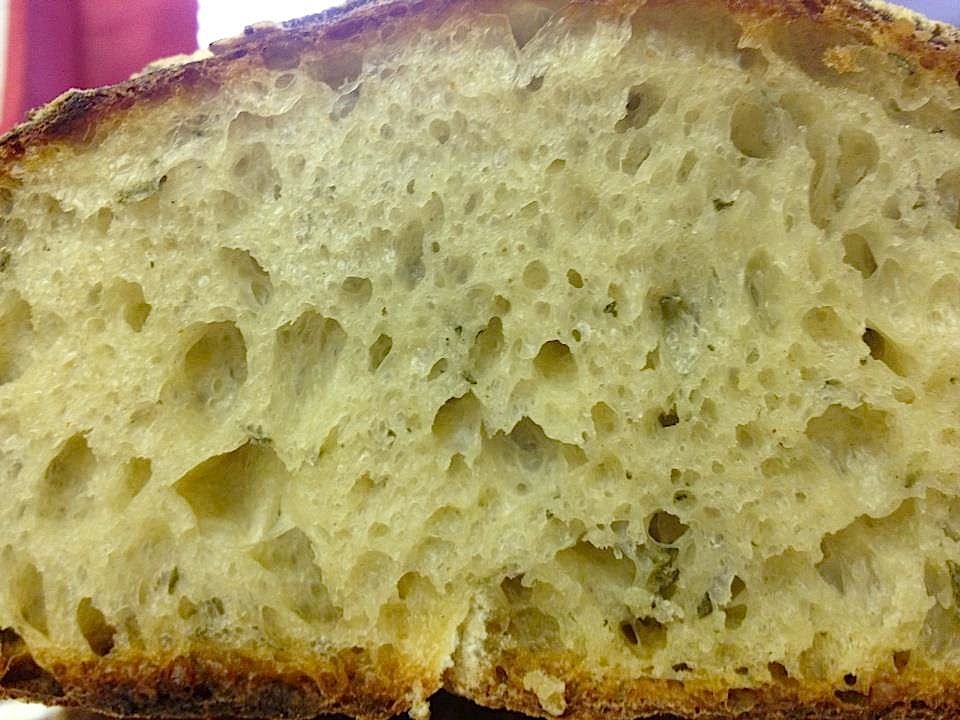Barley Soaker
While combing through odds and ends in my grain cupboard—and whilst keeping in mind my dark rye starter was getting low and I was out of said dark rye flour—I thought it might be nice to use a barley soaker.
- Log in or register to post comments
- 1 comment
- View post
- tsjohnson85's Blog





